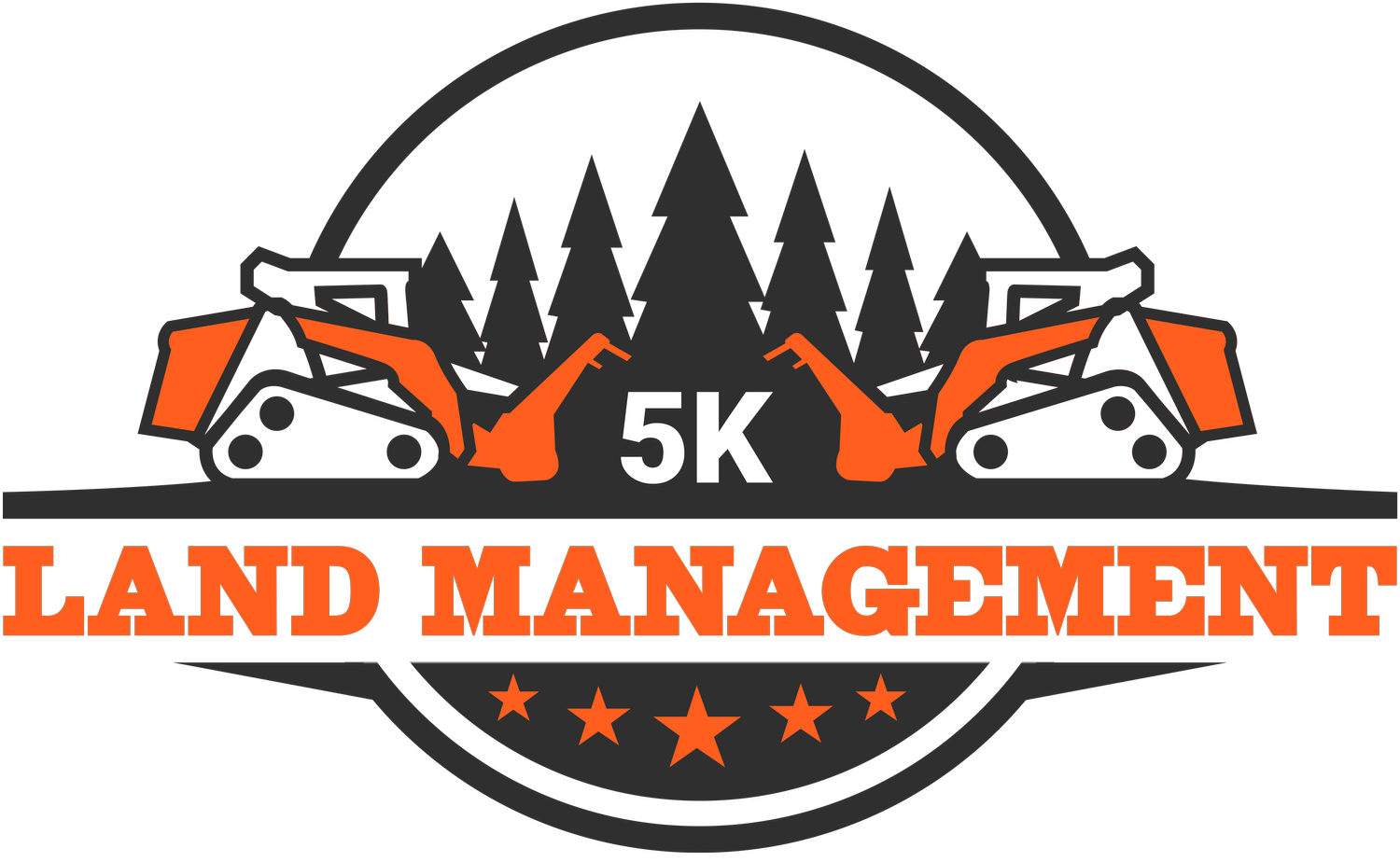What Is Included in Professional Pipeline Maintenance?
Pipes are almost everywhere underground, and because of their location, it can be tricky to maintain them or do work in and around the area. Thankfully, professionals know how to take care of pipeline maintenance in a quick and easy way, but what does it actually look like? You may be wondering what’s included in professional pipeline maintenance. Pipelines serve as vital arteries for transporting essential resources such as water, gas, and oil, and their upkeep in your community is vital.
Cleaning and Clearing
Over time, debris such as dirt, rocks, or tree roots can build up in pipelines, causing blockages and reduced flow. Professional pipeline maintenance involves regular cleaning and clearing of these obstructions to ensure smooth operation. By using techniques like hydro jetting, which uses high-pressure water to remove buildup, professionals can maintain pipelines effectively, ensuring optimal flow and preventing costly disruptions.
Repairs and Replacements
Another key part of pipeline maintenance is regular repairs and replacements. Regular inspections may reveal areas of the pipeline that require repairs or replacements, but they’re nothing without action. If professionals notice something out of the ordinary during inspection, they’ll:
• Fix leaks
• Replace damaged sections
• Upgrade outdated equipment
Timely repairs extend the lifespan of the pipeline while also enhancing its overall efficiency. This may require advanced materials and technologies to ensure the highest standards of durability and safety.
Emergency Response Planning
Despite all precautions, emergencies can still occur in pipelines. That’s why professional maintenance also involves creating comprehensive emergency response plans to address potential hazards quickly and effectively. This process includes training personnel for emergency situations, conducting drills, and establishing communication channels with local emergency services to ensure a swift response to any incidents.
Compliance With Regulations
Effective pipeline maintenance also means making sure the pipelines comply with regulations, especially new regulations. Pipelines are subject to strict regulations and standards to ensure the safety of the environment and communities. Professional maintenance ensures compliance with these regulations through proper documentation, testing, and reporting. Regular audits and assessments also ensure that the pipelines adhere to local, state, and federal regulations.
Professional pipeline maintenance involves much more than just fixing leaks or repairing damage. It’s a big process that, with inspections, preventative maintenance, and emergency planning, keeps communities safe and these pipelines intact. Taking care of pipelines means knowing how to clear land responsibly in a way that doesn’t interfere with the pipelines.
If you’re interested in clearing your property but you’re not sure of the safe and responsible way to do it, let 5K Land Management help. We’re the land-clearing company you can rely on to help you without disturbing important infrastructure!

